Field Biology and Natural History of Yukon Flats Alaska 3 Week Camp
“On Tuesday I believed that it was the best day of my life. We were doing new things, I was pushing my comfort zone, it was not an amusement park ride, we were not being entertained, we were learning and what we were doing was real. On Wednesday I realized that Wednesday was my best day, but today I realized today is. Thank you” Dakota
“To the lover of wilderness, Alaska is one of the most wonderful countries in the world.” - John Muir
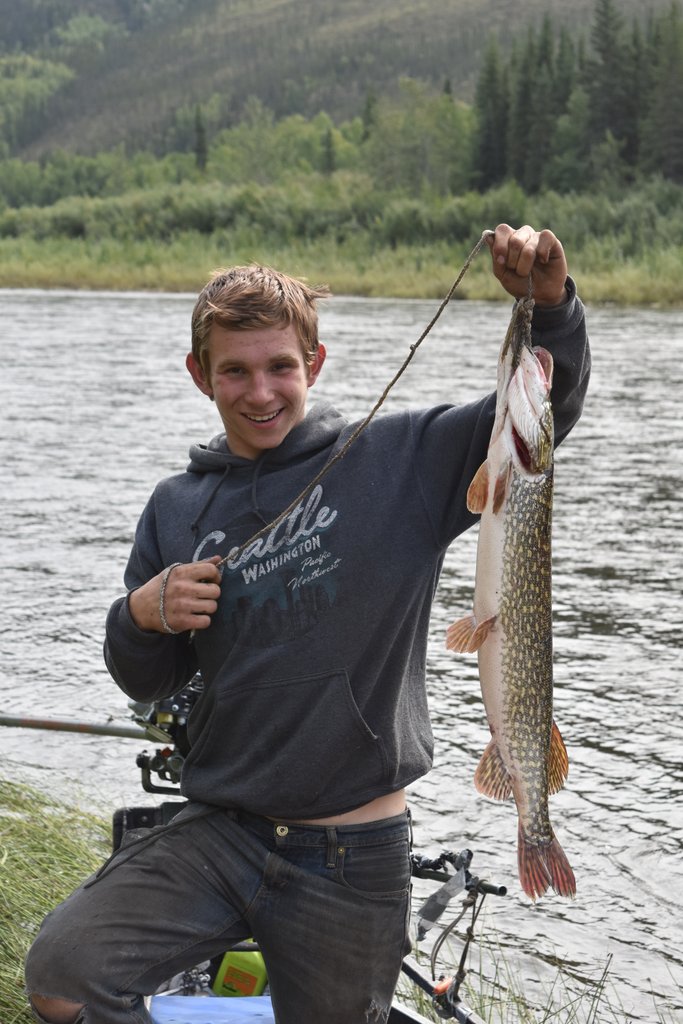
Register Now
Return to Teen Camp Summary to Register
Keeping it Real, Relevant, and Wow This is an Adventure of a Lifetime
None of our camps are typical and we believe you would have wanted to go to any of our camps when you were a teen, but this camp is special; what teen would not want to spend three weeks exploring, and going deep into their interests in the Alaskan bush? Your teens will see and do things that most will only see on a screen. This trip is definately a big WOW. They will have boots on the ground study of the forests, tundra, wildlife, and history of Alaska. Keep in mind that search for fur drove the exploration of the Northwest not gold, timber, or farmland, those enterprizes all followed well behind the search for pelts. History of North America can only be understood with a deep understanding of history of trapping.
Please Note:
Over the past twenty years, our participants will tell you we raise the bar each year with each camp. We are working to add more adventures to this camp, so please check back for any program changes.
When Ariving in Fairbanks
When the teens arrive at the Fairbanks Airport, Linda, Dennis, John, and Brian will meet them, take them to the Bed and Breakfast, and get right to work. Some of our goals in these remote camps are having the students learn the key factors in flying in bush or floatplanes. Preparing for these flights is different than typical commercial flights; we want to prepare the students to be confident in the future to travel alone or lead other groups using this type of travel.
We have a day at a Bed and Breakfast for us to make sure the students have everything they need and do some last-minute shopping. We assist the students in weighing their gear and the rest of the cargo getting it all tabulated and dividing up into loads to fall within the limits of each plane.
Over dinner, we will better get to know each other, sharing stories of previous camps and experiences, marvel at the sun not going down, and get a good night’s rest.
After a home-cooked breakfast, we will do a final pack and tally to make sure the students will have handy what they need when we land. If we fly in via float plane wadders need to be on them to get off the plane. We will also stow, at the Bed and Breakfast, their clean change of clothing for their flight home and the belongings that they will not need in the bush.
With this in mind, when we return, we will all have a chance to get cleaned up, have dinner out, and reconnect with family at home. When your teen gets home, they will not only be clean but will walk taller. They will be full of stories, skills, and experiences to share. They will have memories that are guaranteed to last a lifetime.
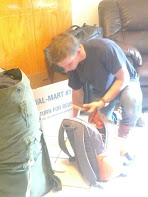
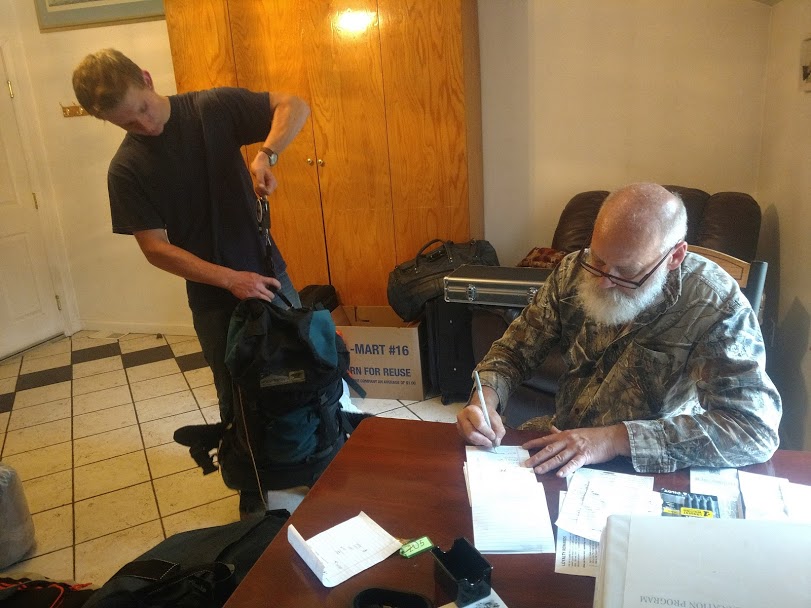

The next morning the teens and staff will have a nice home cooked meal then load the vehicles with gear and food for the first plane then head off to meet and load the planes.
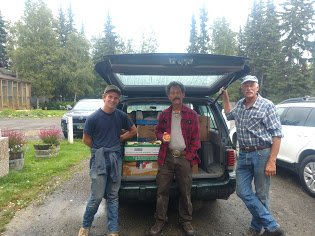
But first gear, food, and personel must get an offical weight.
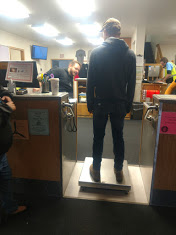
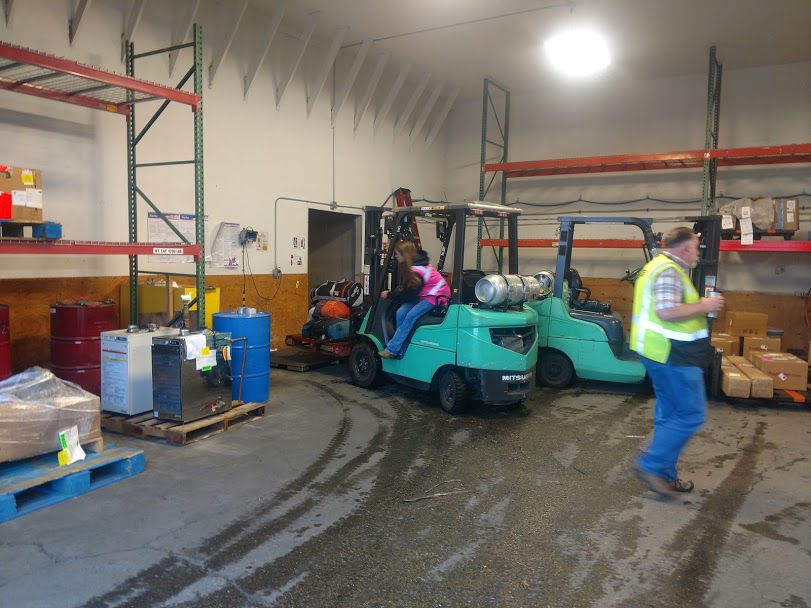
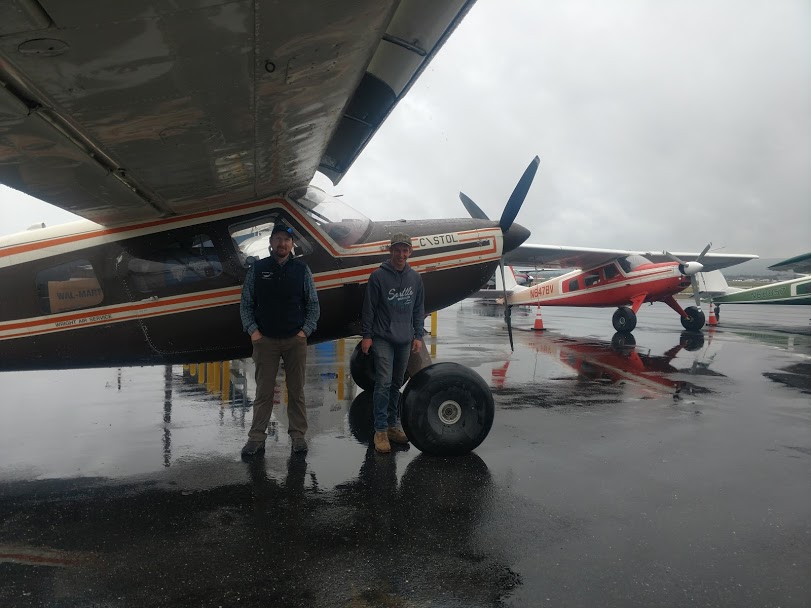
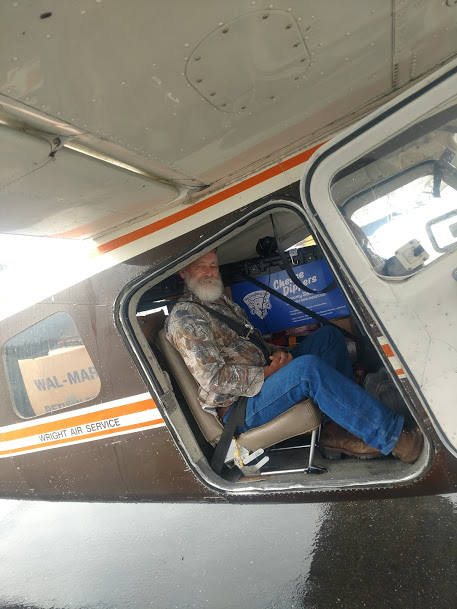
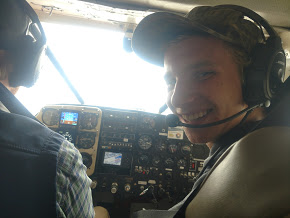
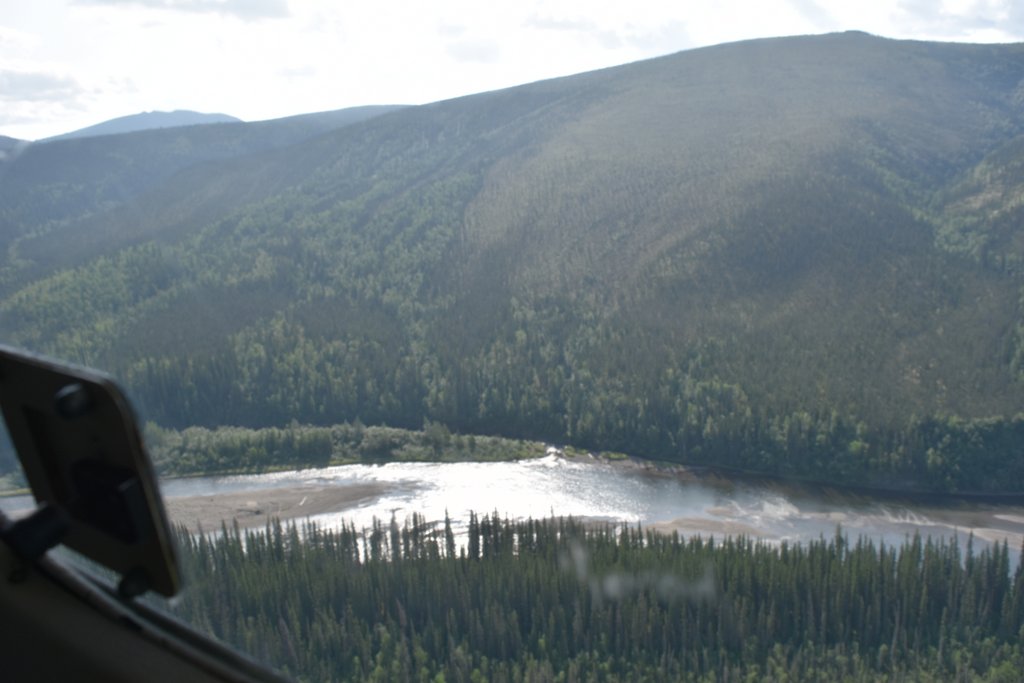
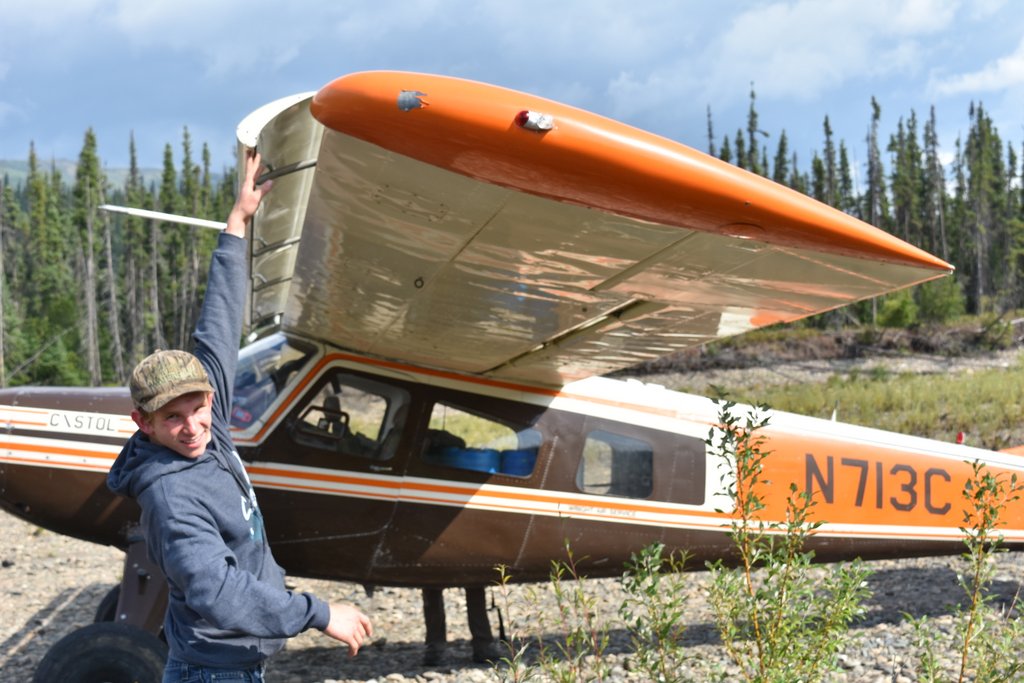
As the bush planes make their way roughly 150 miles northeast of Fairbanks, the pilot will talk to the students about the meandering rivers, beaver ponds, tufted tundra, and maybe get to see a moose, bear, or other large wildlife we will fly over. We will fly along Beaver Creek over the wilderness we will be exploring for the next few weeks, and the sandbar that will be our runway to land the plane within a few minutes. We will see the trapper launch his boat. wave at us, and head downstream to the sandbar to meet us. The pilot flies past the sand bar, starts his descent, banks the plane, sheds speed and sets the plane on the gravel. At about the same time we get the first plane unloaded of gear and food Archie, the trapper, will greet us.
After landing on the sandbar we were able to check out the slats on the wings which helps this work horse of a plane land and take off on such short runways. We will trasfer our load from plane to boats and head to base camp at the convergence of Mascott Creek and Beaver Creek. We will watch the plane take off to make room for the next plane to land and return for the next group of students.
Archie and other staff will meet us with the boats, introductions will be made, and old friends will briefly catch up, soon we will head up the creek to our basecamp where lunch will be waiting. Soon the next flights will land.
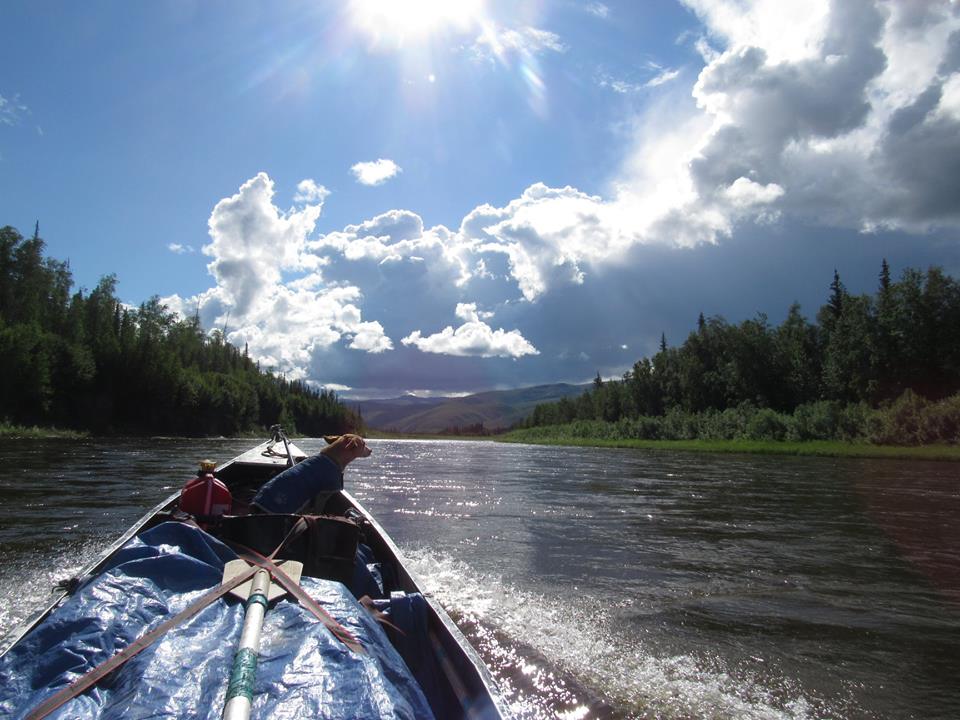
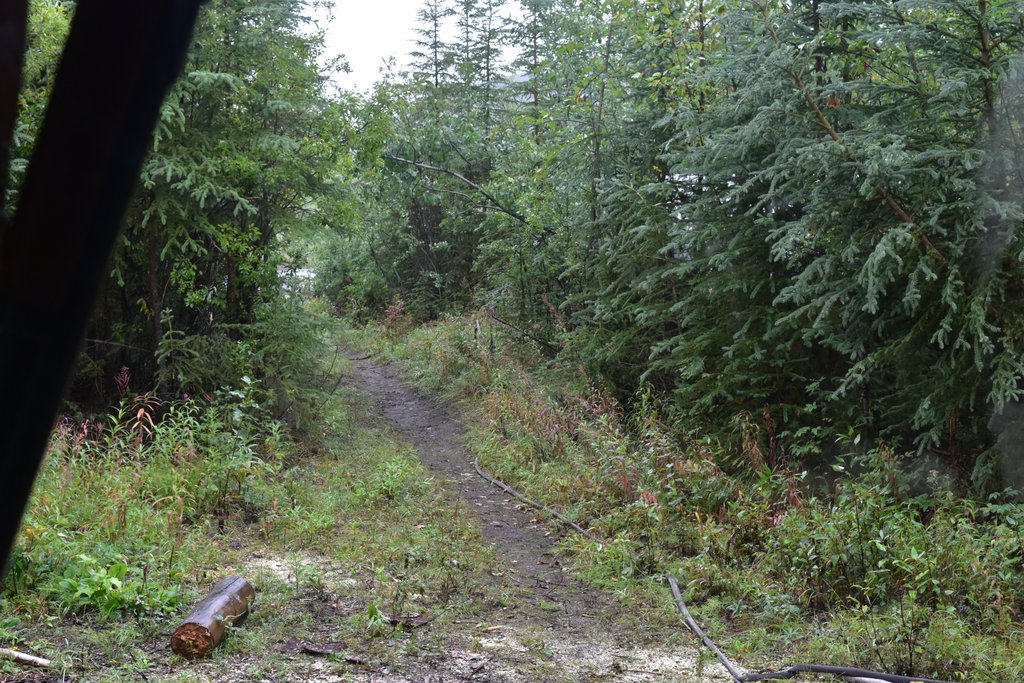
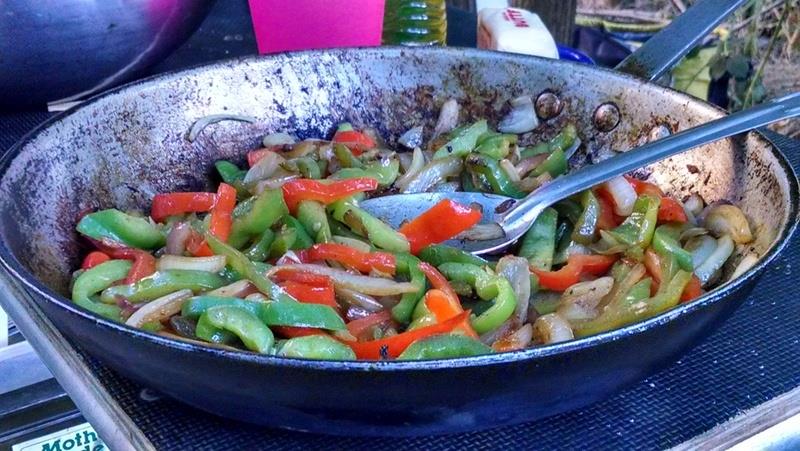
The students will spend a few days acclimating to the Alaskan Wilderness learning skills essential to being safe in the Alaskan Bush. They will explore the area, going deep into the local ecosystem and landscape, and get some quality time pursuing their interests.
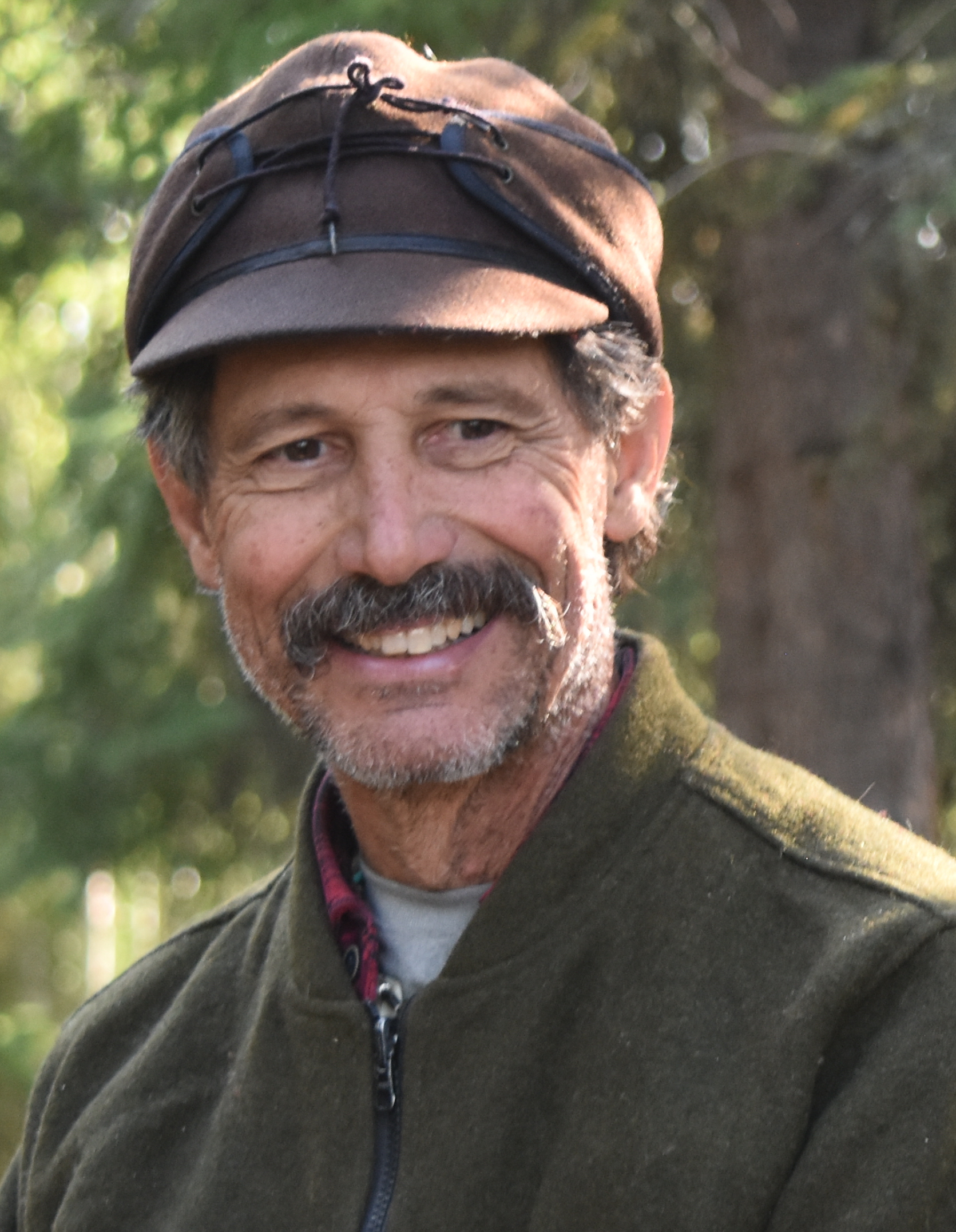
John will share his skills in survival skills and wilderness safety, as well as animal tracking, hunting, shooting, and bushcraft. Read More about John
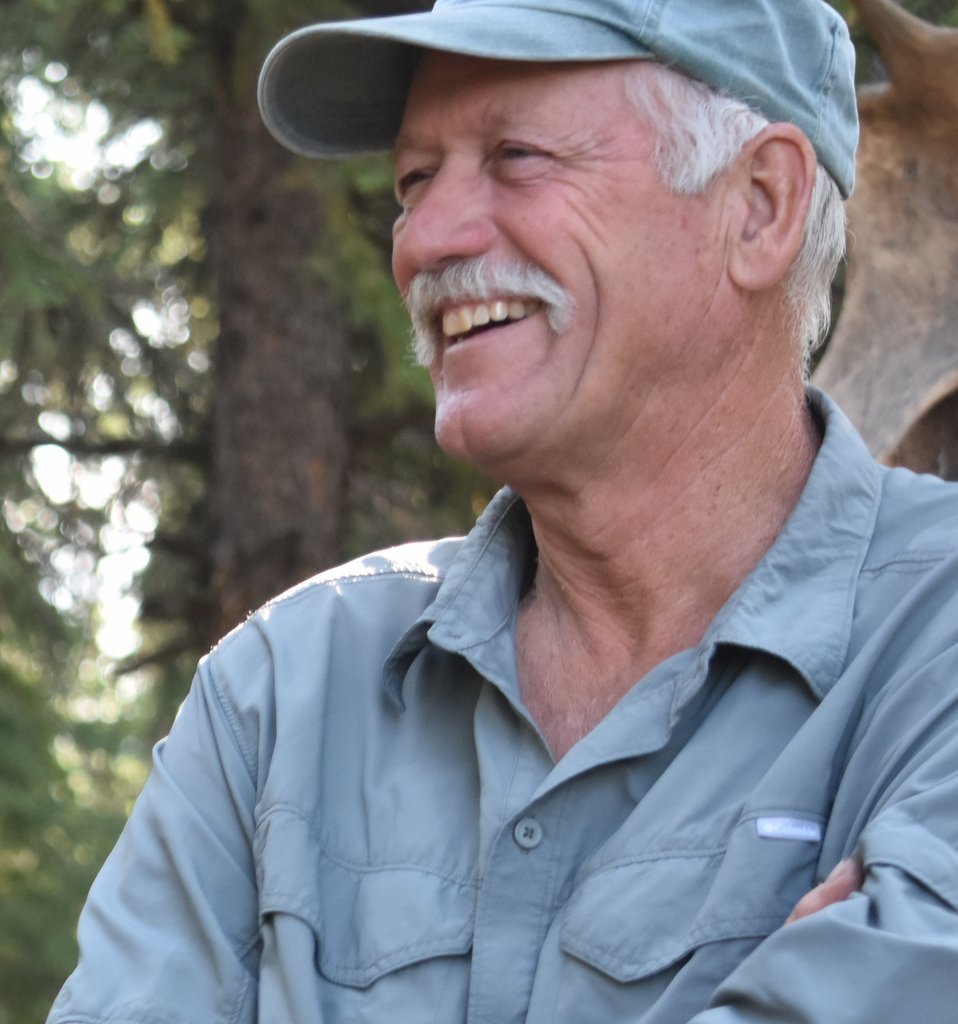
Dennis will share with the students, information about plant communities of this black and white spruce forest on the edge of the tufted tundra. Over the next week, the students will learn forestry management skills, hazard tree evaluation, sawyer skills, felling, limbing, and bucking trees. Read More about Dennis
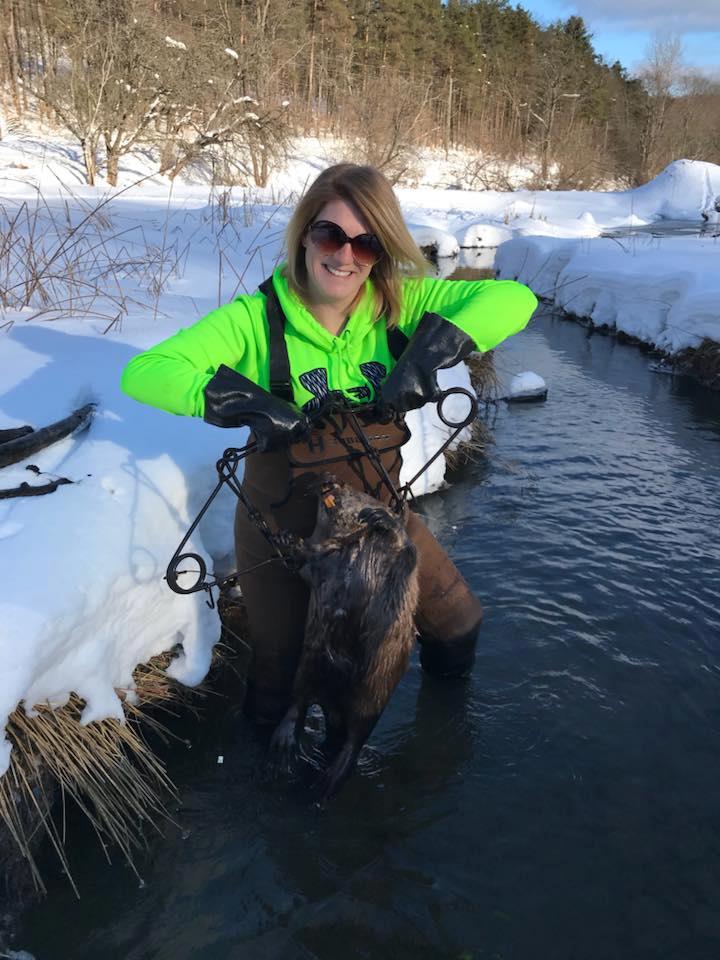
Linda and students will go deep into the skills of trapping and tracking. Read More about Linda
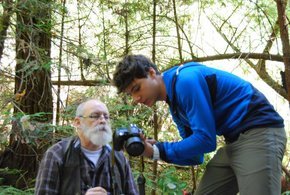
Brian will share his skills in appraising riparian and habitat health, as well as wildlife and landscape photography. Read More about Brian
The students will have time practicing these skills as they fish, track, hike, and explore this unique ecosystem.
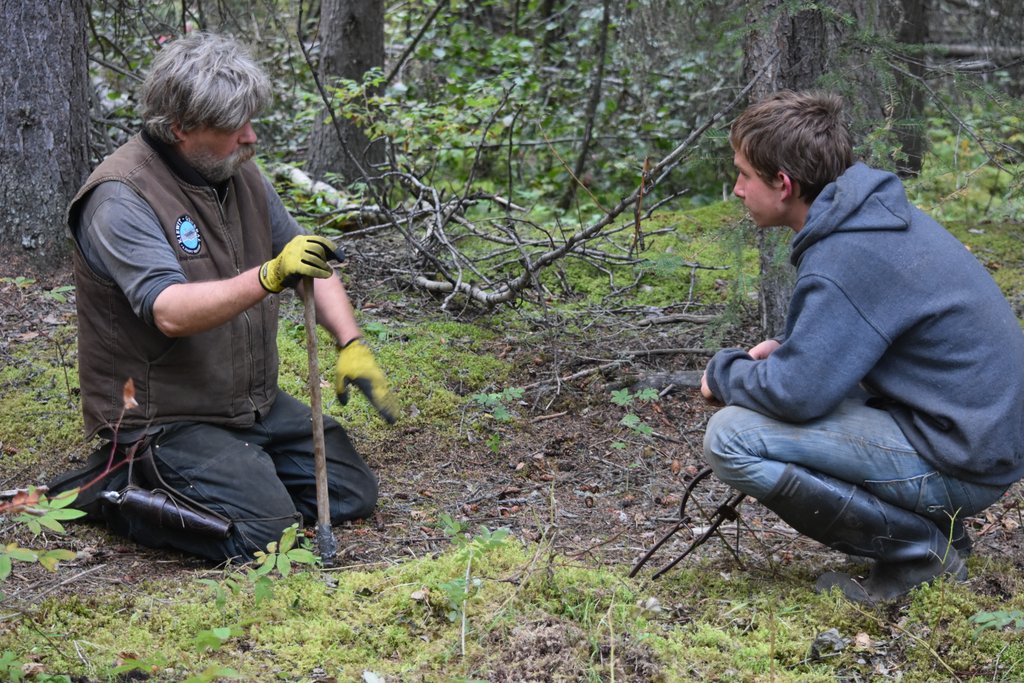
In a few days, we will hike to Archie’s summer base camp where he prepares for the winter trapping season, repairing gear, concocting his magical attractants, preparing traps, enjoy the warm summer months and getting some time to socialize with the occasional river rafter, wildlife biologist, or BLM manager. This is also a time to catch fish, clear the trail system that makes up his trap line, make repairs to his many cabins, store in them provisions for the upcoming winter trapping season, cut, split and store firewood. Many of these chores the students will help with he may also have projects he needs help with that just require more than two hands.
Archie the son of a trapper will share stories of years of his life growing up, stories the old trappers told him when he was a kid, and his life being a professional trapper all on this 80 miles of trap line. He has continuously trapped these miles of trapline since 1968. Read More about Archie C. Miller
He will teach the students about the many designs of traps. Most of his traps have been in continuous use for over 100 years. The students will get to see and feel the old school craftsmanship of these hand forged traps. The students will assist Archie in repairing, maintaining, and tune these traps. The students will learn and prepare the old-time methods of staining and de-scenting the traps and other gear.
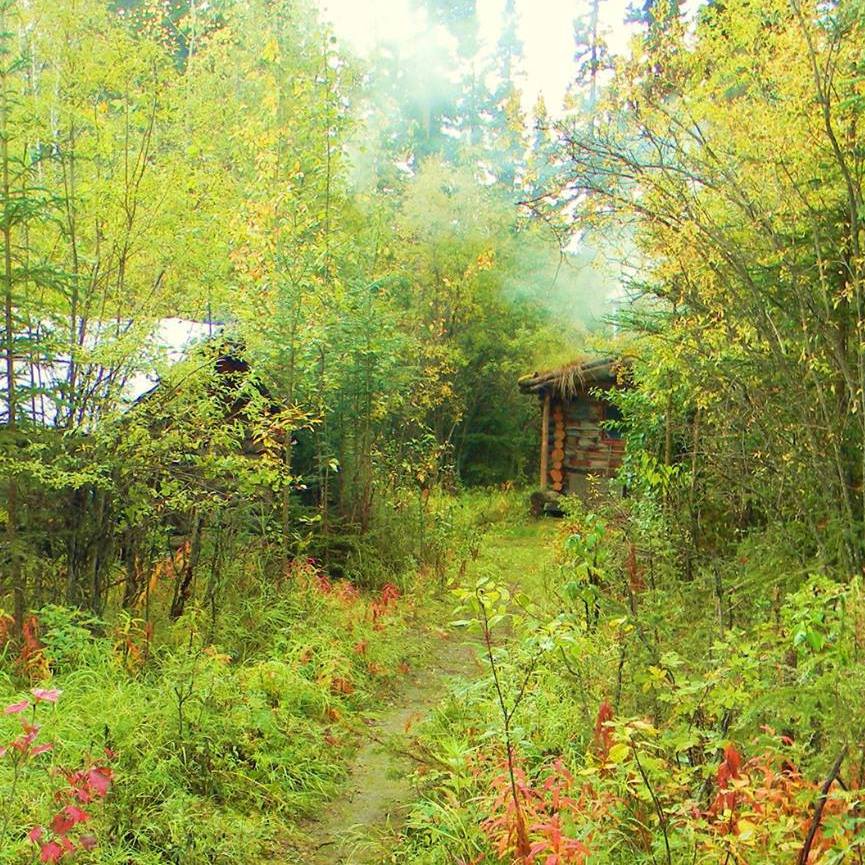
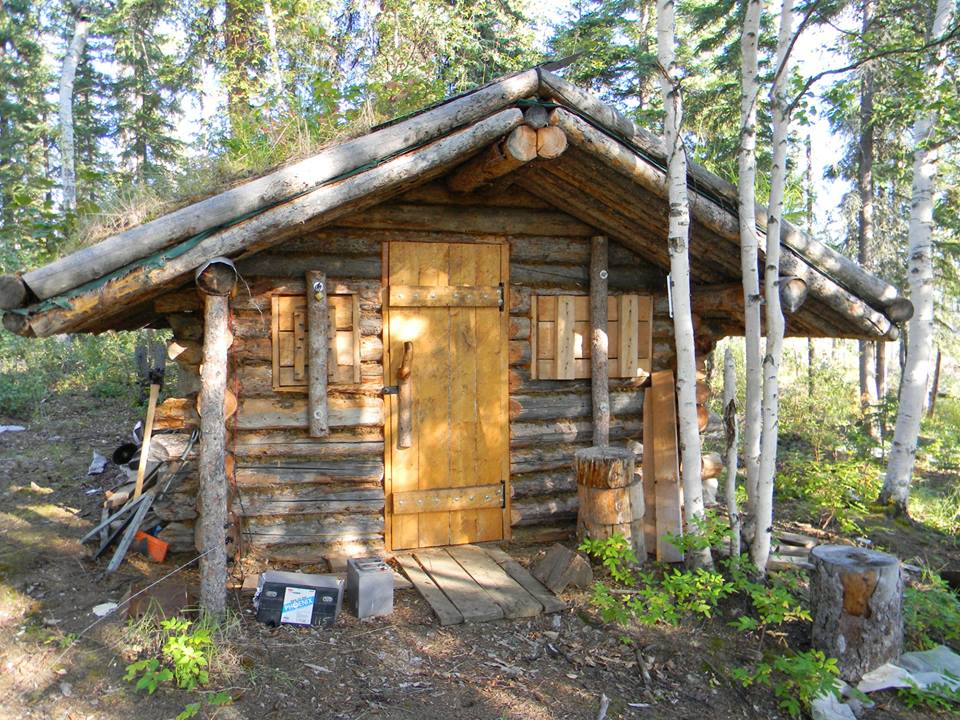
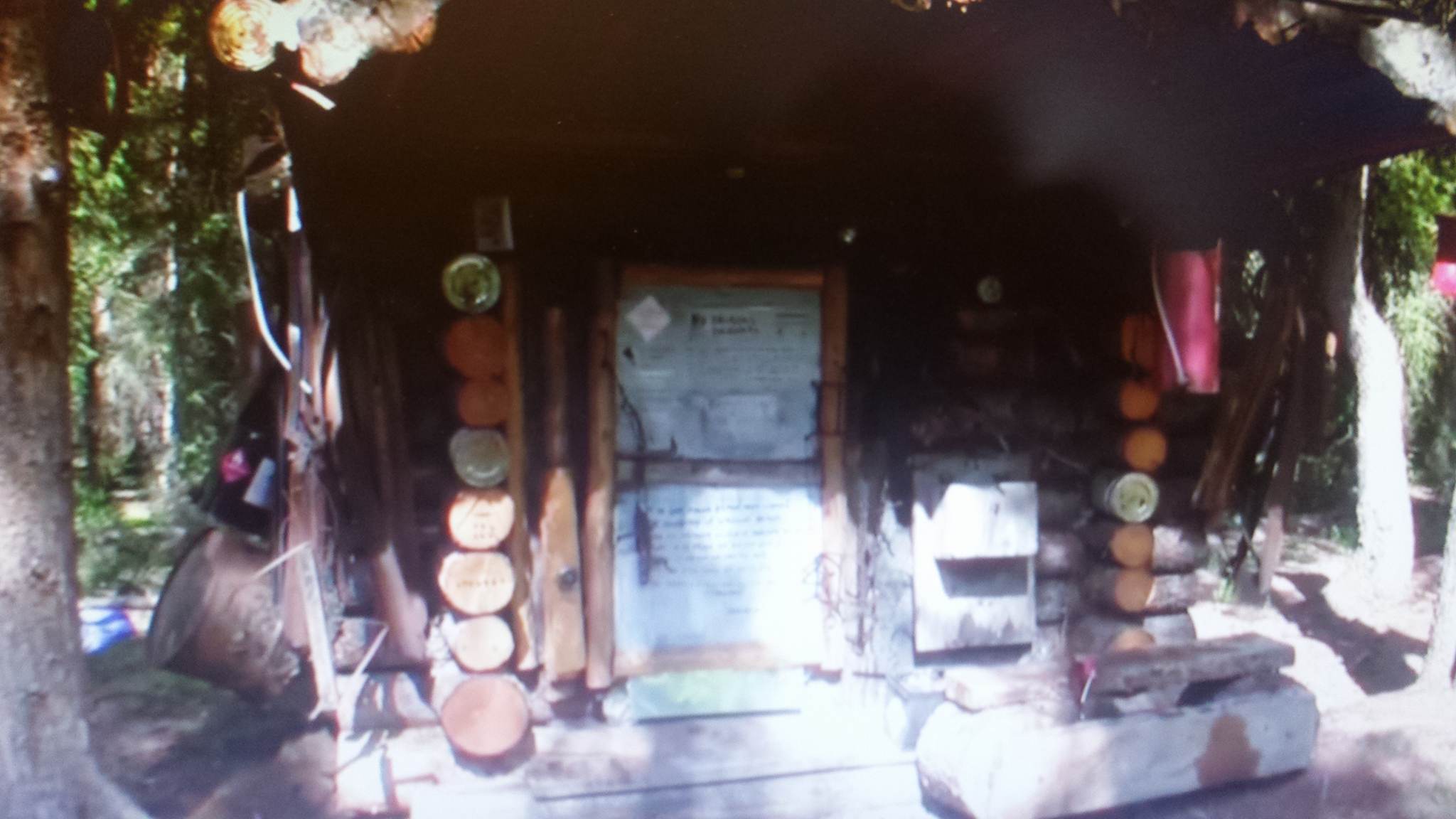
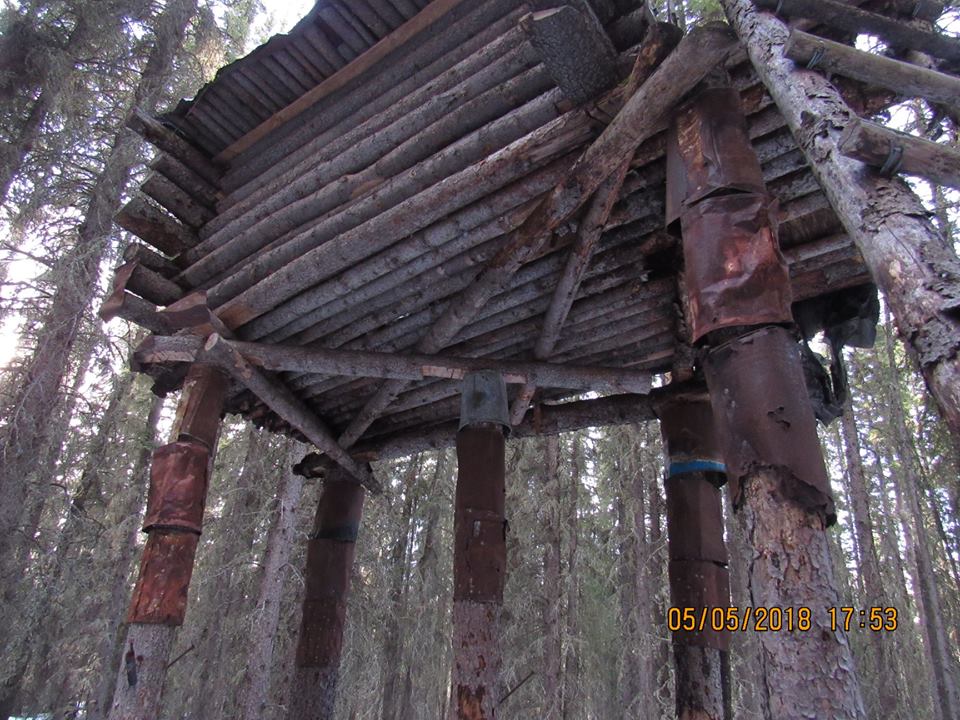
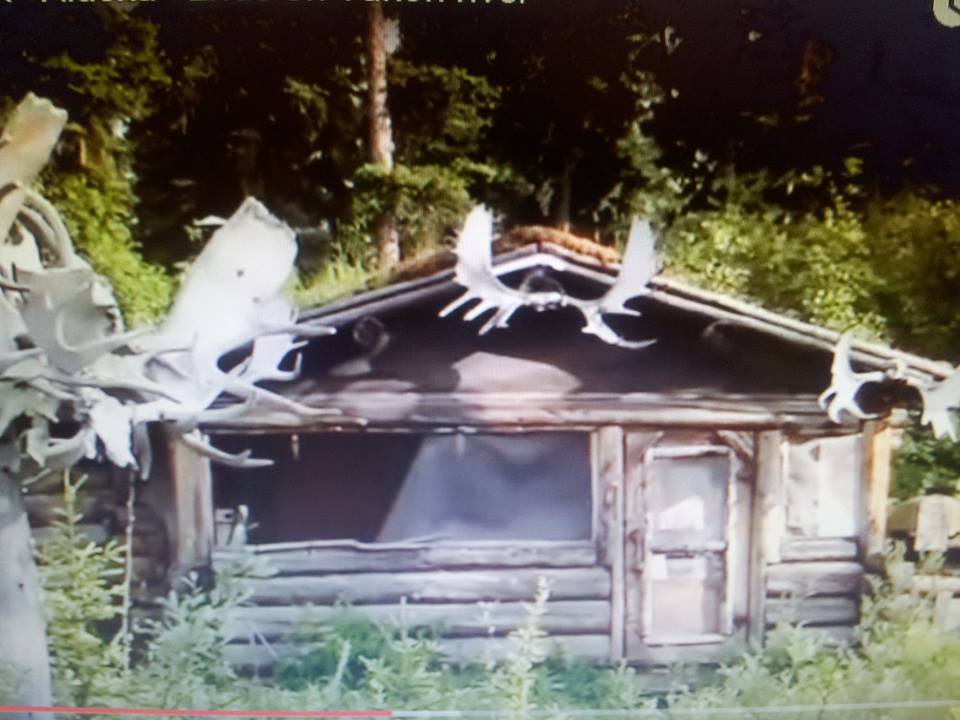
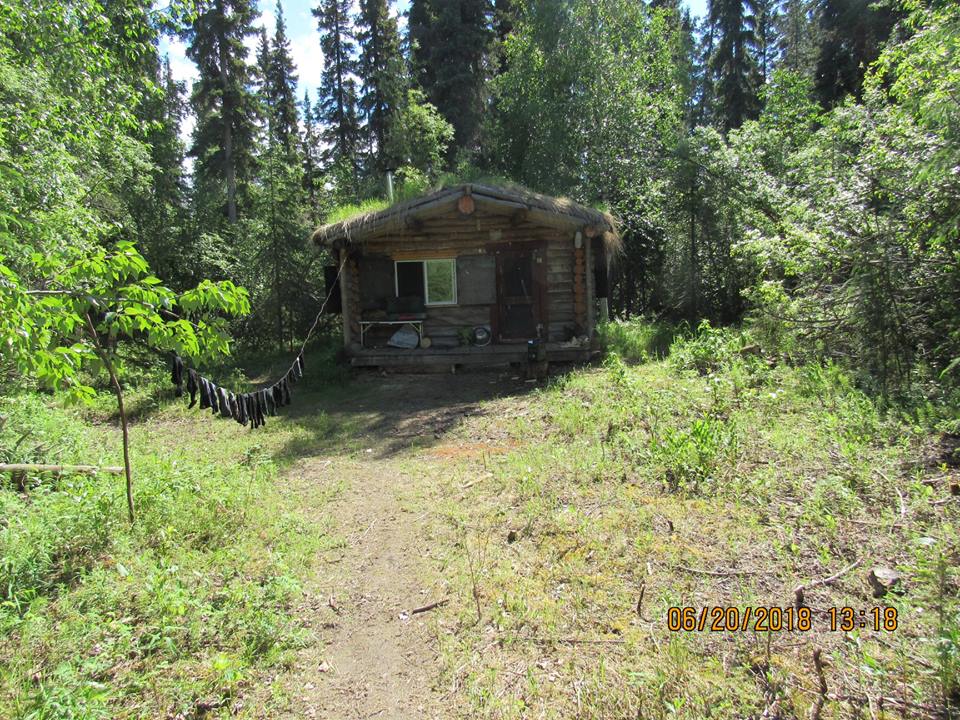
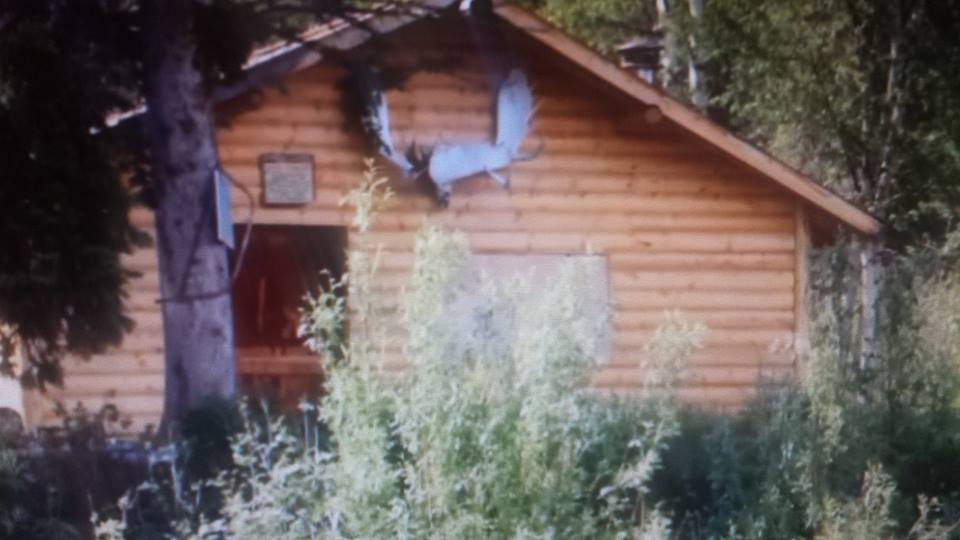
The students will explore the seemingly endless miles of trails with provisions staged in some of 18 cabins along those trails. In following years we will explore different cabins so each year students will have different experances.
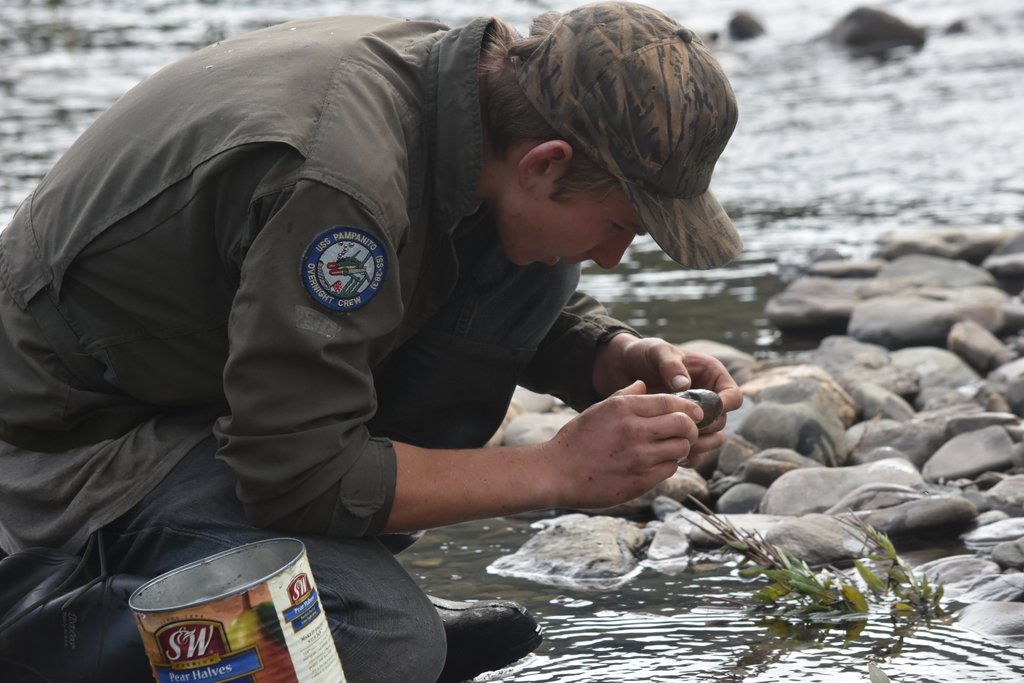
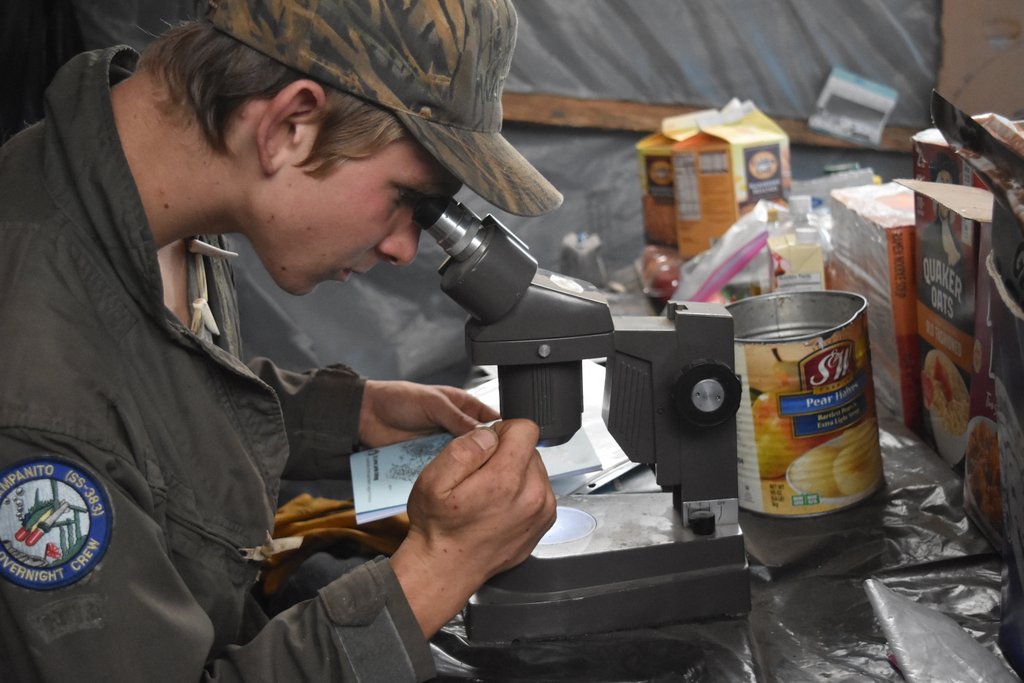
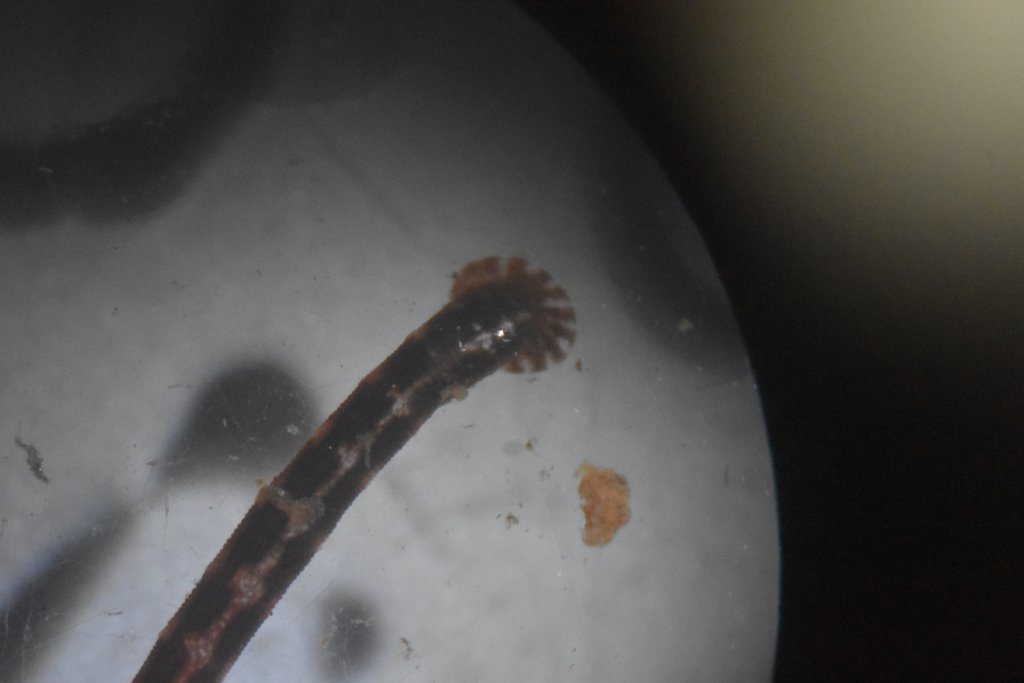
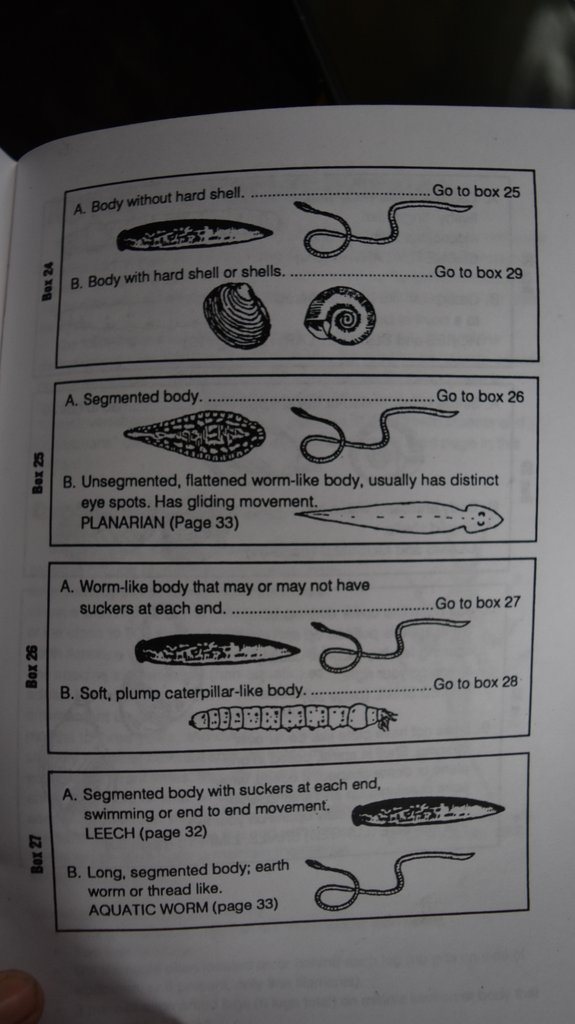
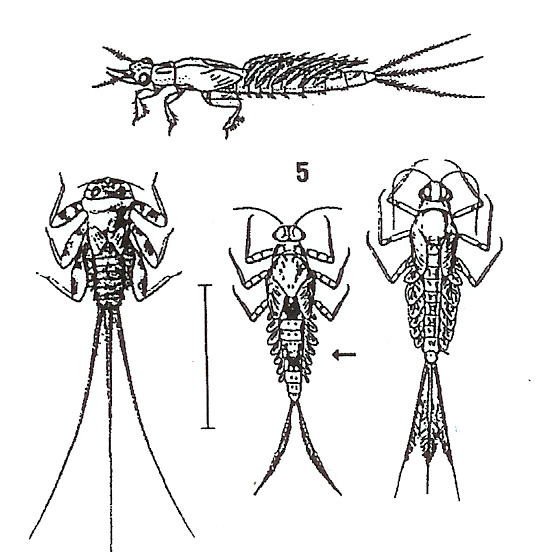
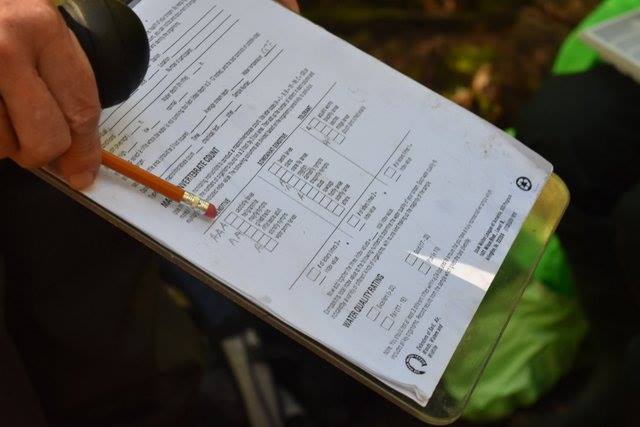
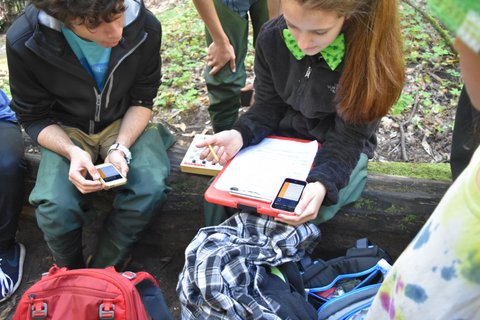
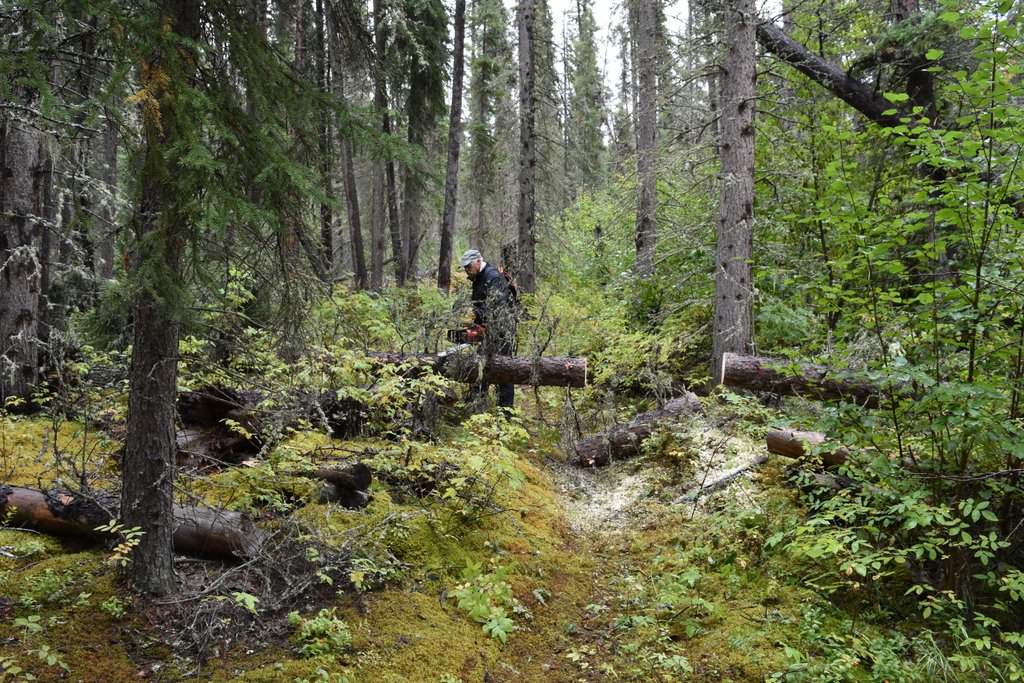
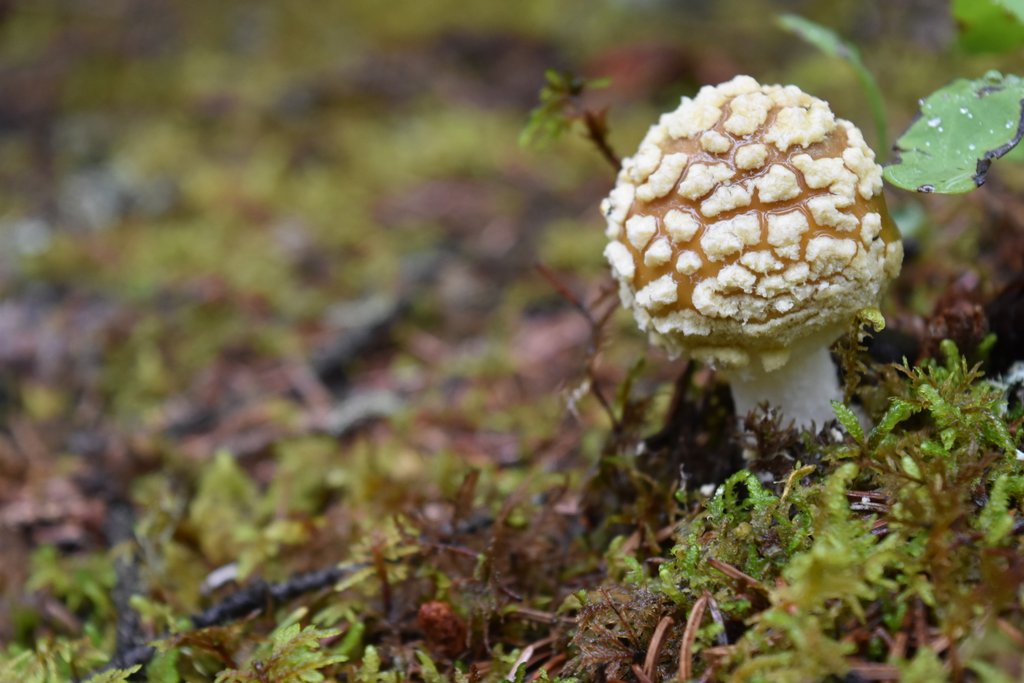
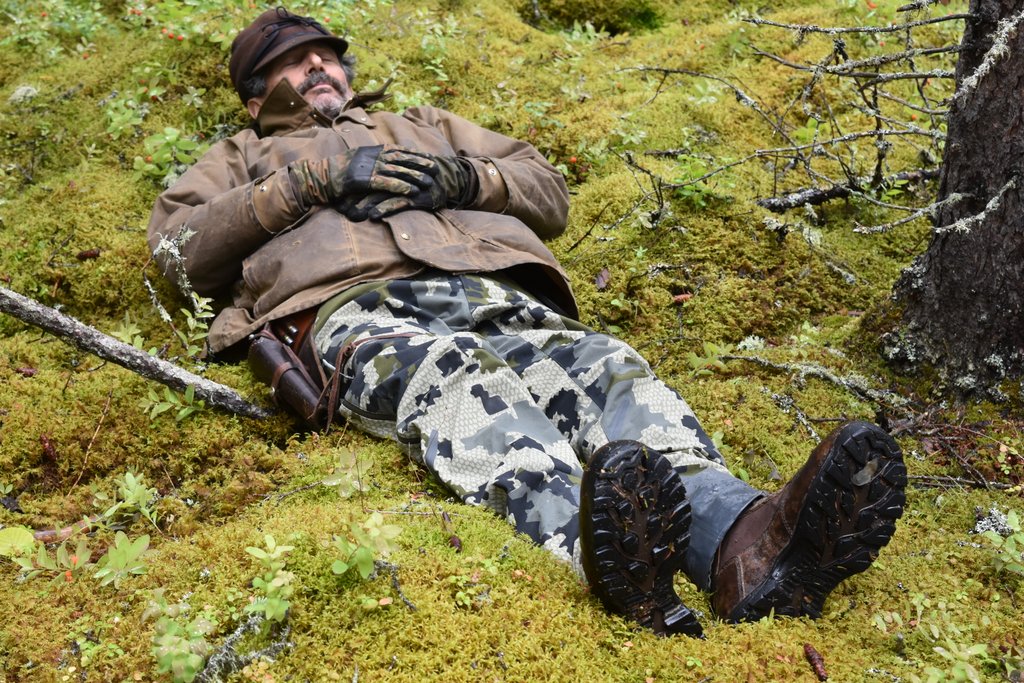
This is a Natural History and Field Biology Academic Camp
This field biology and natural history academic camp, is held roughly 60 miles south of the Arctic Circle. The very unique biome we will study is where plants, animals, and fungi must thrive in. The students will enjoy a mild summer with days that never have a night, yet the animals must survive long periods of extreme cold, wind, and darkness. They must do this with only a thin layer of soil over permafrost. Over tens of thousands of years, a mat of moss and fungi made this thin layer of soil above the stones. The spruce trees’ roots travel down only a few inches then hit the cold stones and form a tangle in that small space between the cold stones and the mat of moss. If we get a strong wind during camp, the students will see the ground undulate with the swaying of the trees as though demons are living under the moss.
We will be using the student’s passion for fishing, photography, and animal tracking, as well as their love for the outdoors and the sheer excitement of being in the interior of Alaska as the vehicles to learn science.
Under Brian’s direction, the students will collect, identify, and document the riparian macroinvertebrates. The data will then be used to quantify the stream’s health.
Linda, John, and Archie will share their knowledge of tracking and behavior of animals in the area. They will also share the importance the fur trade has made to the history of expansion of the US. Dennis will be sharing his knowledge of the forest and its management as well as the fish.
If the student wants school credit and is a student in our school, this camp can count as part of their 170 minimum school day (contact us for the adjusted fees) or can be a part of their capstone project. If the student is not enrolled in our school, we will work with your home school to provide information so the student can earn credit from their home school, but please contact us early to get your school’s approval.
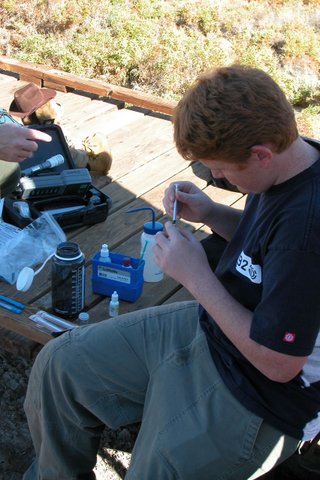
Yes, the students will learn and practice methods used at the university but they should know it will not feel like school; there will be no classrooms, no lectures, just hands-on learning and group discussion. Will there be books? There will be field guides and handbooks but not textbooks. We will not have the luxury even the weakest of cell signal, therefore, search engines and university libraries will not be of value to us. There will be no worksheets to complete, exams, or essays but real data collection and real analysis, followed by group discussion. They will come home with a nature journal, I believe, they will treasure for a lifetime, which can be used as a tool to enter other pursuits, be it the university or employment.
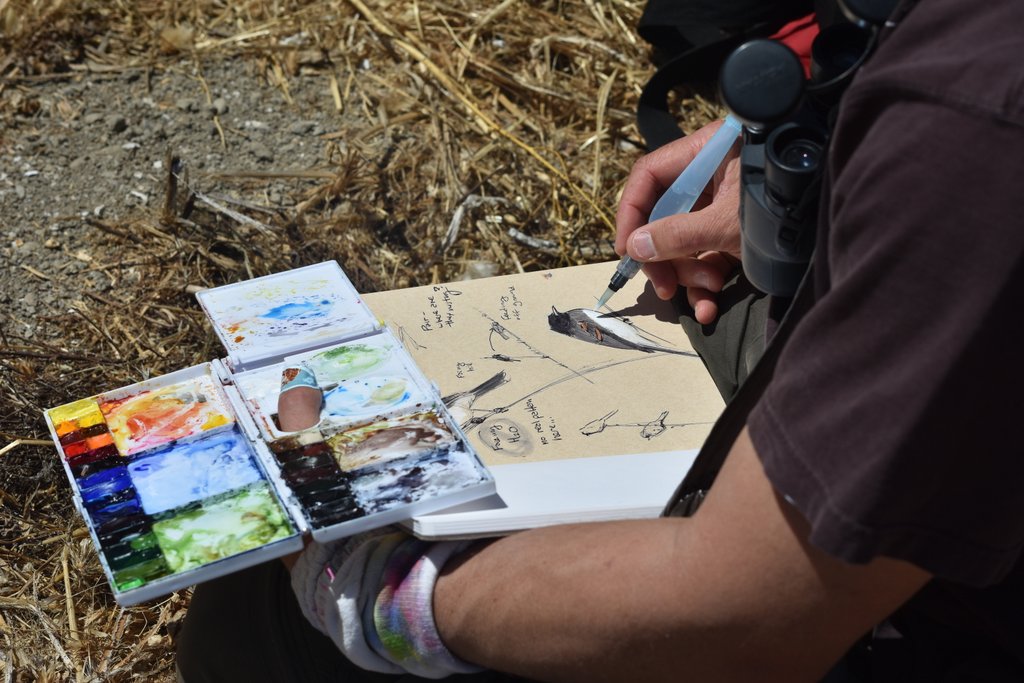
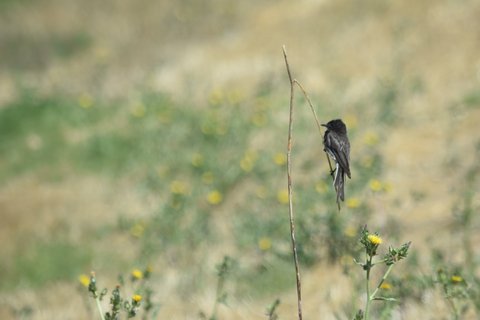
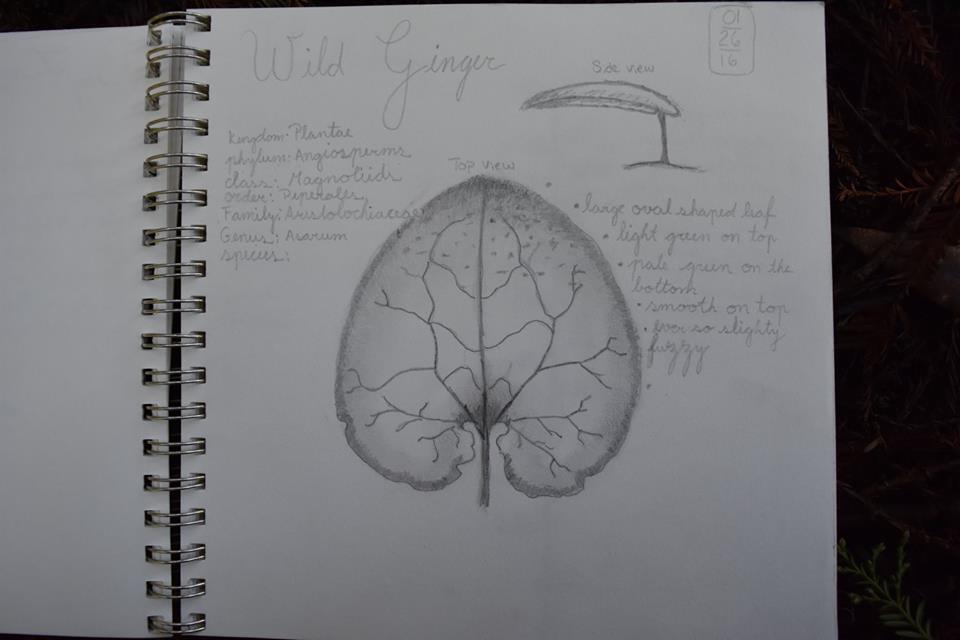
The Arts
Being able to document and interpret through photography and note sketching is important to us and is integral to sampling, data, and analysis. Sketching, rendering, and photographing with purpose raises the bar of awareness and connection. Some students may choose to focus here, all students will journal with note sketching. Not only will students practice macro photography and drawing of still and stationary animals but also long lens recording of their gaits and tracks, flight and behavior. Students will have the opportunity to develop skills in showing detail shape, texture, depth, and motion of wildlife, water, landscapes, and procedures.
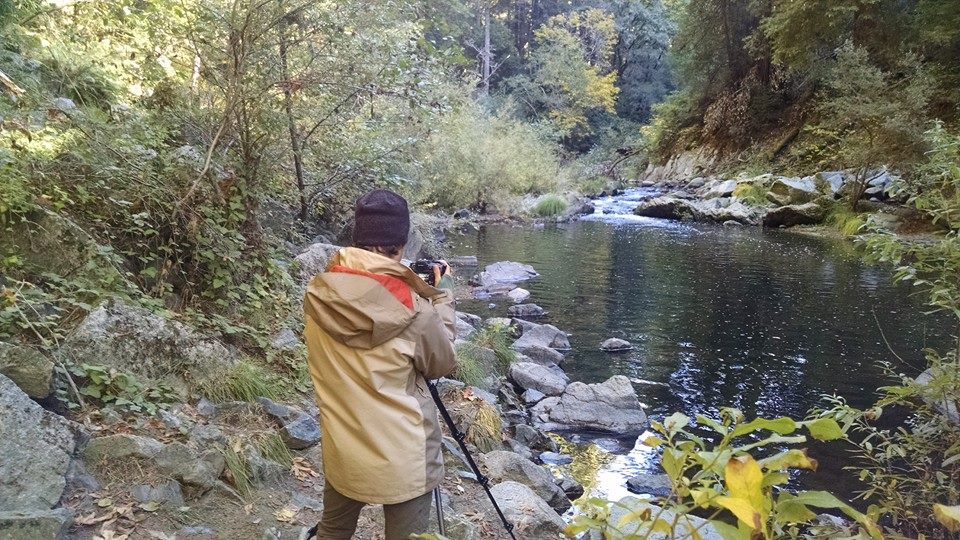
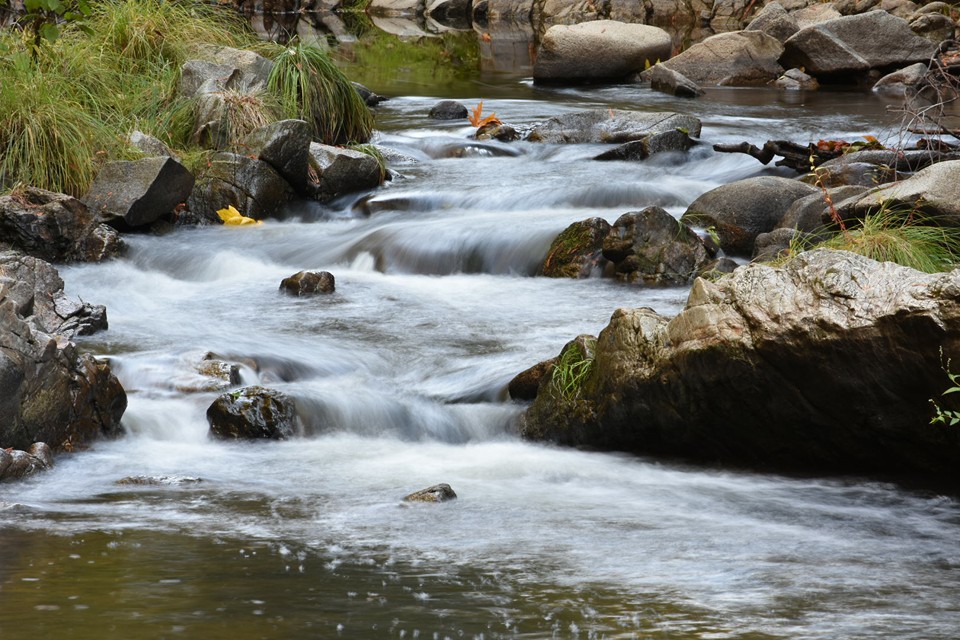
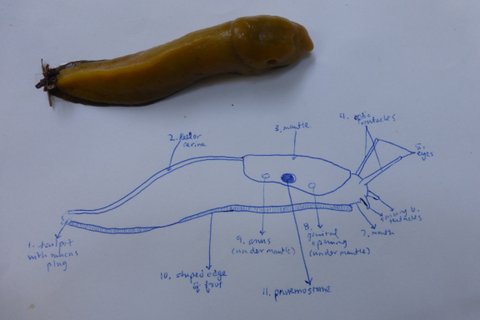
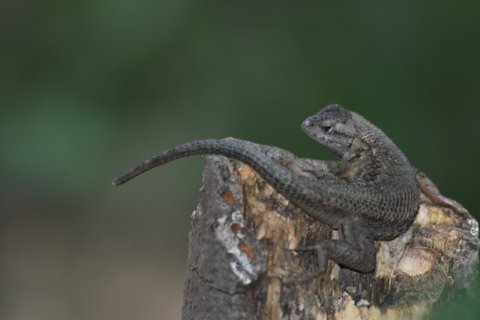
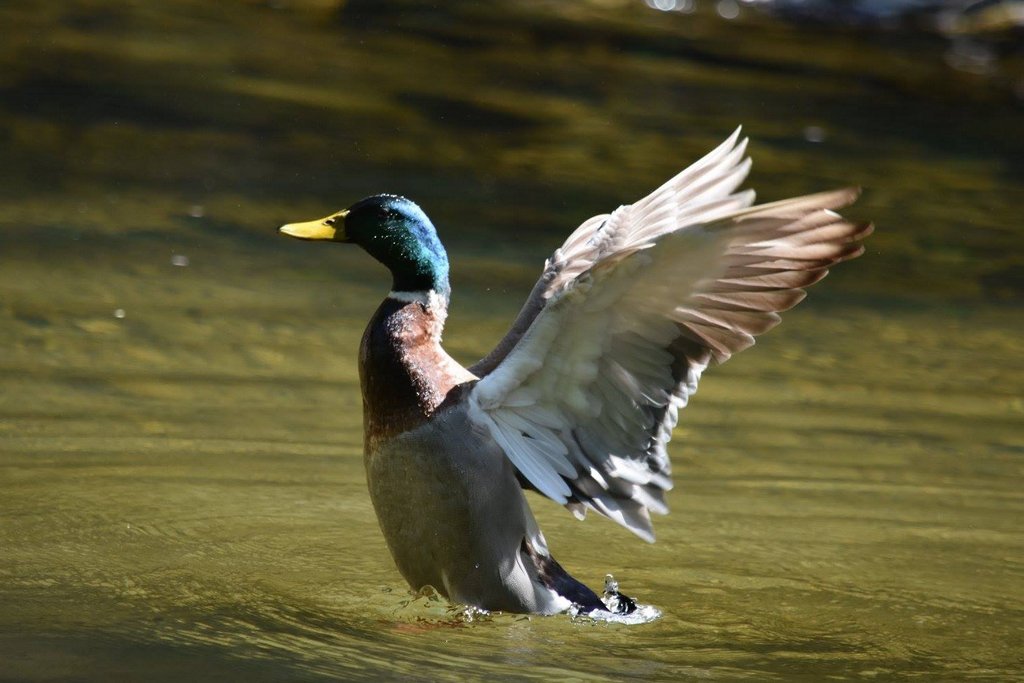
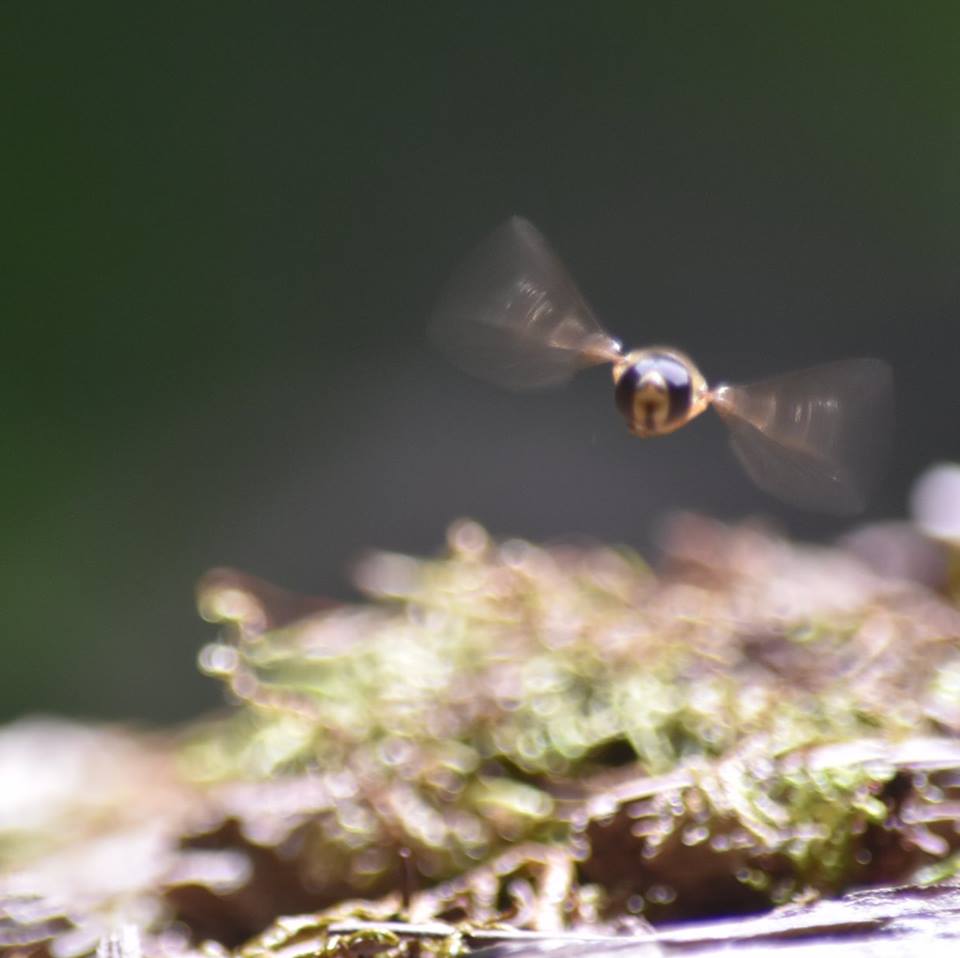
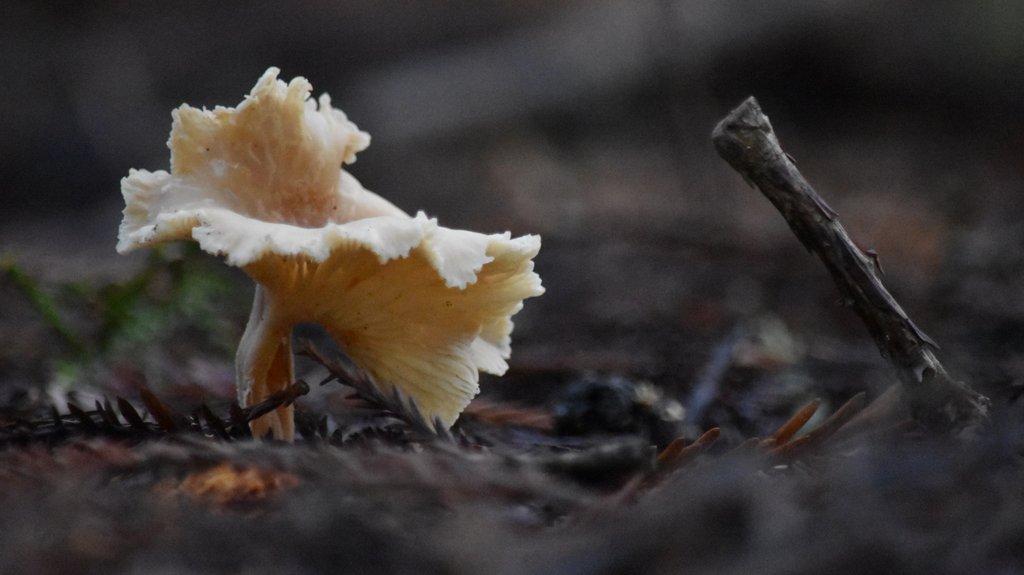
For these with an interest in fly tying the students will be mentored in creating fishing lures that the fish see as the insects and other animals that they feed or take aggressive action on.
The class time will be similar to graduate school field work and free time will feel like hanging out with a family of likeminded teens and mentors.
The students will learn about the life and history of fur trapping and hunting from one who has spent his life living it.
We may have other guests come and share their interests with the students. Those that enroll early will have the opportunity to make suggestions as to what occupations they would like to hear about.
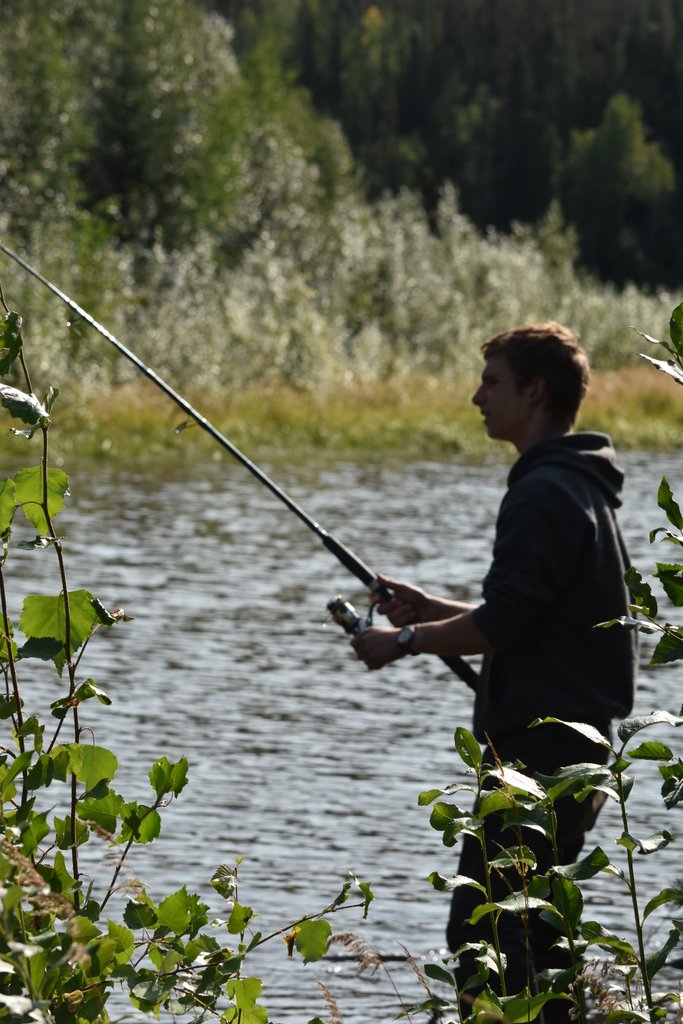
Free Time
We work hard but have ample time for the students to follow their own personal interests. The students will find the day is broken up with hiking, fly fishing, shooting, art, bushcraft, photography and just having fun. Last year, we soon realized that we were sore from so much intense laughter. You may begin to think a major criteria for being on the staff is having a full sense of humor, it just seems to happen that way.

This Adventure is Full of Wows
Everything about this camp is an adventure. The first wow will be flying into Fairbanks and most likely seeing Mt Denali, tallest peak in North America with its summit at 20,310 feet it stands 18,000 above the valley floor. The second wow will be that the sun will take several days before it will be set. By the end of the camp, the sun will set minutes before midnight and rise at about 3 AM separated not with night but twilight. Your teens will be living among wildlife in this pristine wetland wilderness; this is a true wilderness experience. This biome is home to the Arctic fox, Alaskan moose, bald eagle, black bear, wolf, porcupine, four species of falcon, river otter, golden eagle, Dall sheep, red fox, coyote, six species of owl, Canadian lynx, beaver, caribou, mink, wolverine, and brown bear. Beaver Creek and its tributaries provide excellent fishing for arctic grayling, salmon, and northern pike. With nearly 24 hour days for a third of the trip, it may take some luck but near the end of the trip the aurora borealis may dance across the sky and the night sky will be filled with stars like never before seen. The biggest wow will be the teens experiencing firsthand how trappers live, which has changed little in 100 years. As was stated before, this is a field-biology and natural history lab and the students will learn the practices and methods used at the university and by field biologists. This trip may also lead to a winter trip trapping with Archie on his trapline.

Podcast Training Series and Q & A
This will be an incredible journey for the teens each year, to help guarantee success, in the months leading up to camp we will have podcasts. Every other week these podcasts are for the campers to meet each other as well as their mentors, to be exposed to the skills they will use on the trip, what to expect and the unexpected, and most importantly to get all of their questions answered. Beginning in March we will have 6 sessions, 2 a month just for the teens. We will also have a podcast just for the parents to get their questions answered and introduce them to our team.
Podcast Topics May Include
- Alaskan Wilderness Hazards
- Basic Gear – What to Bring and What Not to Bring
- How the Insects and Other Macro-Invertebrates Indicate a Streams Health
- Tying Flies for Success on Beaver Creek
- Nature Journaling and Note Sketching
- Camera Equipment, Photographing Water
- Making Beef Jerky, Pemmican, Energy Bars
- Packing for Flying in a Bush Plane
- Q&A
General Information
Date:Return to Teen Summary Page for dates
Date
Each year this camp starts on August 1st
Gender
Co-Ed
Ages:
16 and up
Max Enrollment:
5
Location:
We meet at the Fairbanks Airport. Beaver Creek ~150 miles North East of Fairbanks near Yukon Flats Alaska
Type of Camp:
Teen Co-Ed and Adult Summer Camp, Academic Field Biology and Natural History, Primitive Camping, Total Immersion, Adventure and Exploration
Cost:
Date:Return to Teen Summary Page for cost
Prerequisite:
- Previous enrollment in our school or camps or
- Oral interview with our director (may be on Skype) and have 3 teacher references
- Above all agree to our Ethos
Skill Level:
Basic to Advanced
Additional Resources for Home-Scholars:
Contact us for resources relating to this camp.
Literature
Both of the books give an excellent view of the life of trappers and how it affected the forming of the US.
ROLF IN THE WOODS By Ernest Thompson Seton. This book for the most part is about trapping in circa 1810 Fiction but based on fact.
Joe Meek: The Merry Mountain Man by Stanley Vestal A biography of a trapper near the end of the fur trapper rendezvous.
Wilderness Safety
Awareness, Avoidance, Safety, and Tools
Check back for links pertaining to this session
Nature Connection
Check back for links pertaining to this session
Please Note:
Because of possibly changing weather, changing river conditions, or unplanned circumstances plans may change.
We have multiple contingency plans in place but it is suggested to have flight insurance just in case flying into and out of Fairbanks gets delayed a day or two.